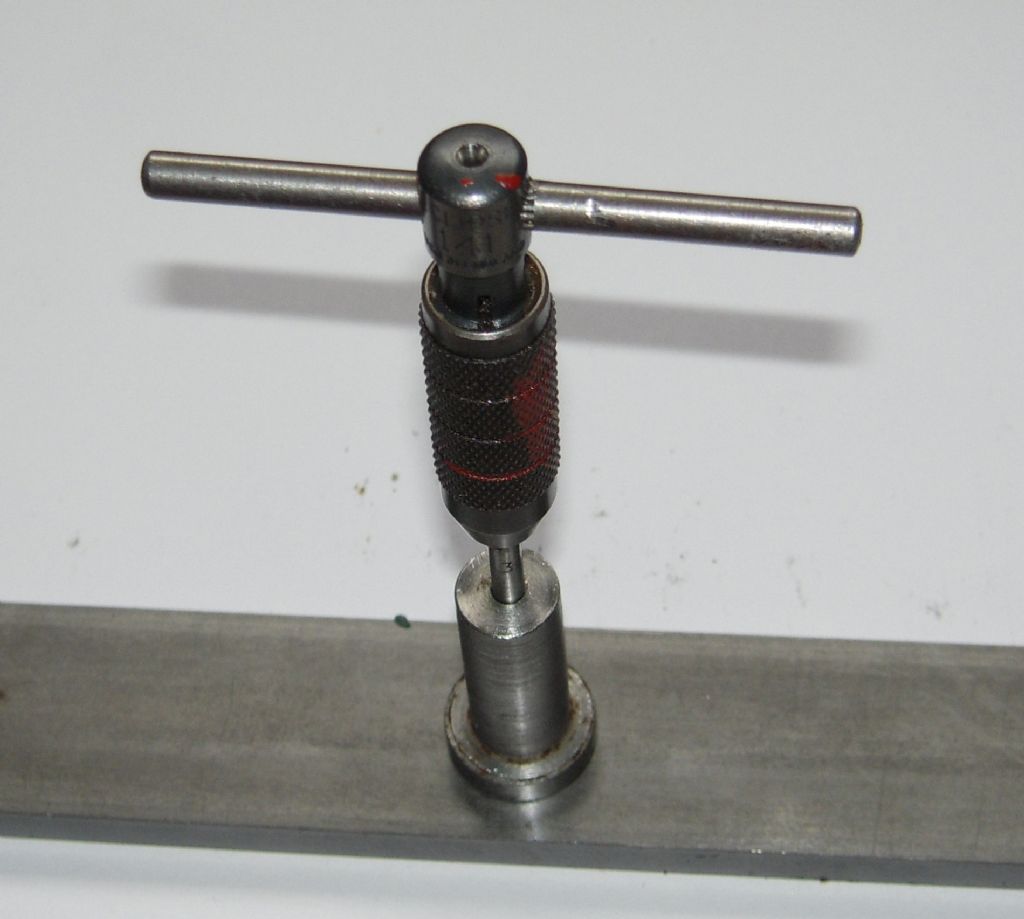Have used both Tracy Tools and tap and Die Company.
Both have been satisfactory.
I seem to be able to break carbon steels taps more easily, so opt for the more expensive High Speed Steel,ones
I shan't wear them out, and am less likely to break them.
Always lubricate, Rocol RTS, Trefolex, Bacon fat or even plain lubricating oil – better than nothing.
The purpose for reversing every half turn or so is to break ant swarf so that it clears more easily. (Failure to take my own advice caused me to break a M10 Tap; so there! ) If in any doubt, withdraw the Tap or Die and clean it from time to time..
using a slightly oversize tapping drill reduces engagement, but not disastrously so, for most purposes.
An undersize tapping IS likely to result in a broken tap, and most probably a scrap workpiece. Broken taps rarely come out easily.. Unless you have access to a spark erosion machine
In the lathe, I use a sliding Tailstock Die Holder, and made a a sliding Tailstock Tap Holder.
This means that the Tap or Dies is suybject to the minimum load as the thread is cut, rather than trying to drag a Tailstock along the bed.
Pulling the chuck round by hand, or using a Mandrel Handle prevents the Tap being subjected to excessive torque, and allows you to feel the toque applied to the Tap.
In the Mill, I use a spring loaded guide ("Tap in Line" ) to steady the end of the Tap while driving the Tap with a small Tap Wrench.
For other times,I made up a Tapping Aid. This is modified Pistol Drill stand (There bis probably a picture in my albums). Thea tap is held in an ordinary small Drill Chuck, and driven by a short handle on the sliding spindle.
By these means, Taps are not subjected to bending (which is very likely to break them ) and are kept "square on" to the work.
HTH
Howard
 JasonB.
JasonB.





